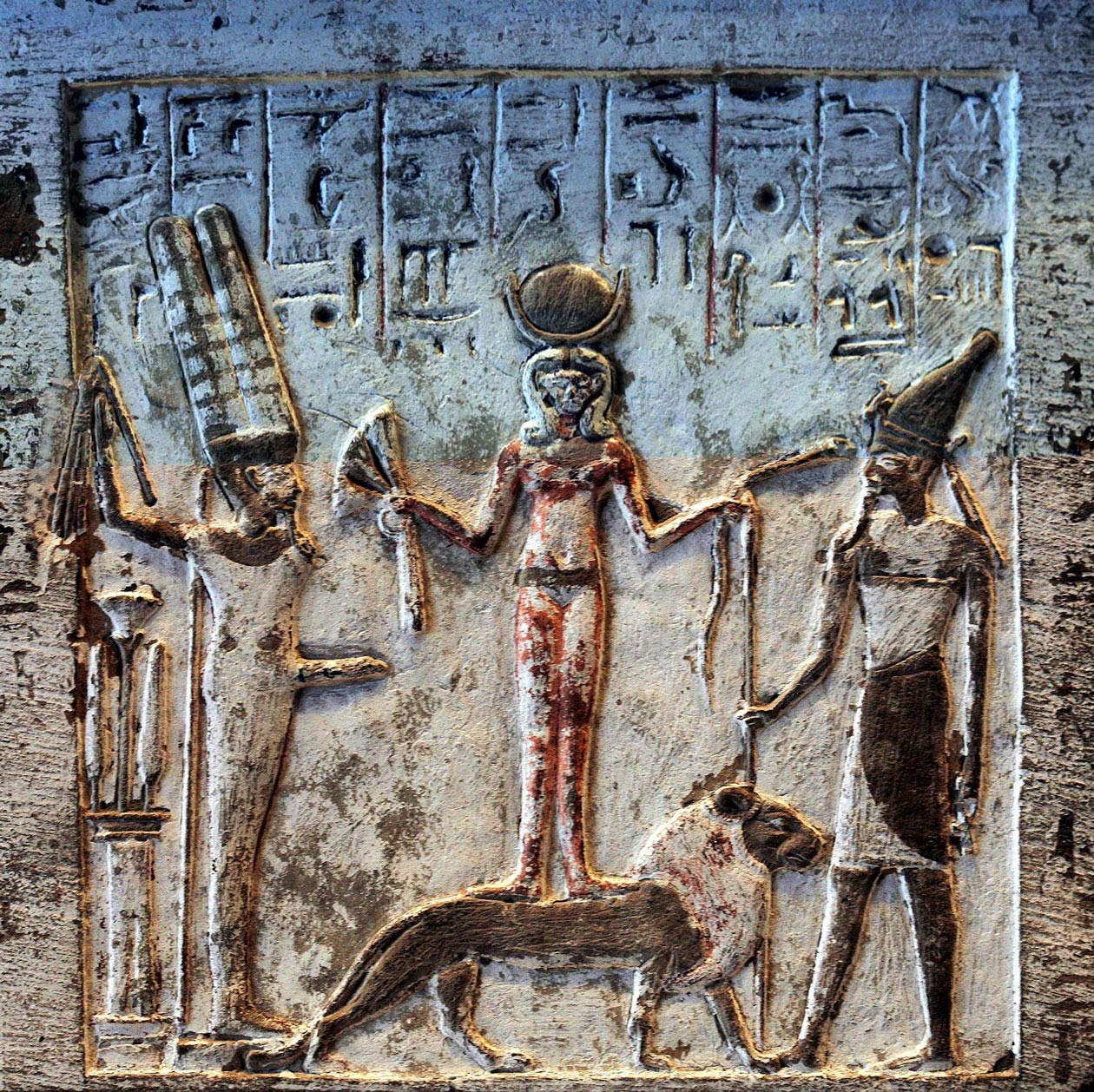Resheph (also Reshef) was a deity associated with plague (or a personification of plague), war, and sometimes thunder in ancient Canaanite religion. The originally Eblaite and Canaanite god was then more famously adopted into ancient Egyptian religion in the late Bronze Age during the Eighteenth Dynasty of Egypt (late fifteenth century BC), also becoming associated with horses and chariots. In Biblical Hebrew, resheph is a noun interpreted as “flame, lightning” but also “burning fever, plague, pestilence”.
Moreover, Apollo is described in Greek mythology as the arrow-shooter thing as Reshef is described in Ugaritic poetry. Remains of the ancient Greek city of Apollonia, north of Tel Aviv, are found on the remains of an ancient city called Arshuf mentioned in the inscriptions of Tiglath-Plasser III. The name is found in third-millennium tablets from Ebla, as Rašap (Ra-ša-ap), listed as a divinity of the cities of Atanni, Gunu, Tunip, and Shechem. Rasap was one of the chief deities of Ebla, with one of the four city gates named in his honor.
In Egypt
Probably introduced in Egypt by the Hyksos, Resheph was not assimilated into the Egyptian pantheon until the New Kingdom’s Eighteenth Dynasty along with other Near Eastern deities. His consort was Itum. He was frequently associated with Seth and Montu, other deities related to war and plague, but he also formed a triad with Min and Qetesh. Qetesh was connected with Hathor, but not synonymous with her.
He was usually depicted anthropomorphically, as a man brandishing a weapon, sporting a typical Syrian beard, and wearing the white crown of Egypt and/or a gazelle’s head on his own. A temple dedicated to him is attested in Memphis, but he was likely worshipped in many Nile Delta regions. His cult survived well into the Ptolemaic Period. As a war deity, he was related to kingship as shown by a stele erected by Amenhotep II near the Great Sphinx. For the same reason, his bellicose nature became associated with fighting diseases such as abdominal pain, believed to be caused by a demon called Akha.
Resheph In The Hebrew Bible
In Habakkuk 3:5, describing the procession of Eloah from Teman and Mount Paran, mention deber and resheph as going before him, in the King James Version translated as “pestilence” and “burning coals”. Due to the discovery of both deber and resheph as theonyms in Ebla, this passage has been reinterpreted as describing a procession of the retinue of El going to war with Yam. In Job 5:7, there is mention of the “sons of resheph”, translated in the Septuagint as “the young of the vulture”, and in the King James Version as “sparks”.


